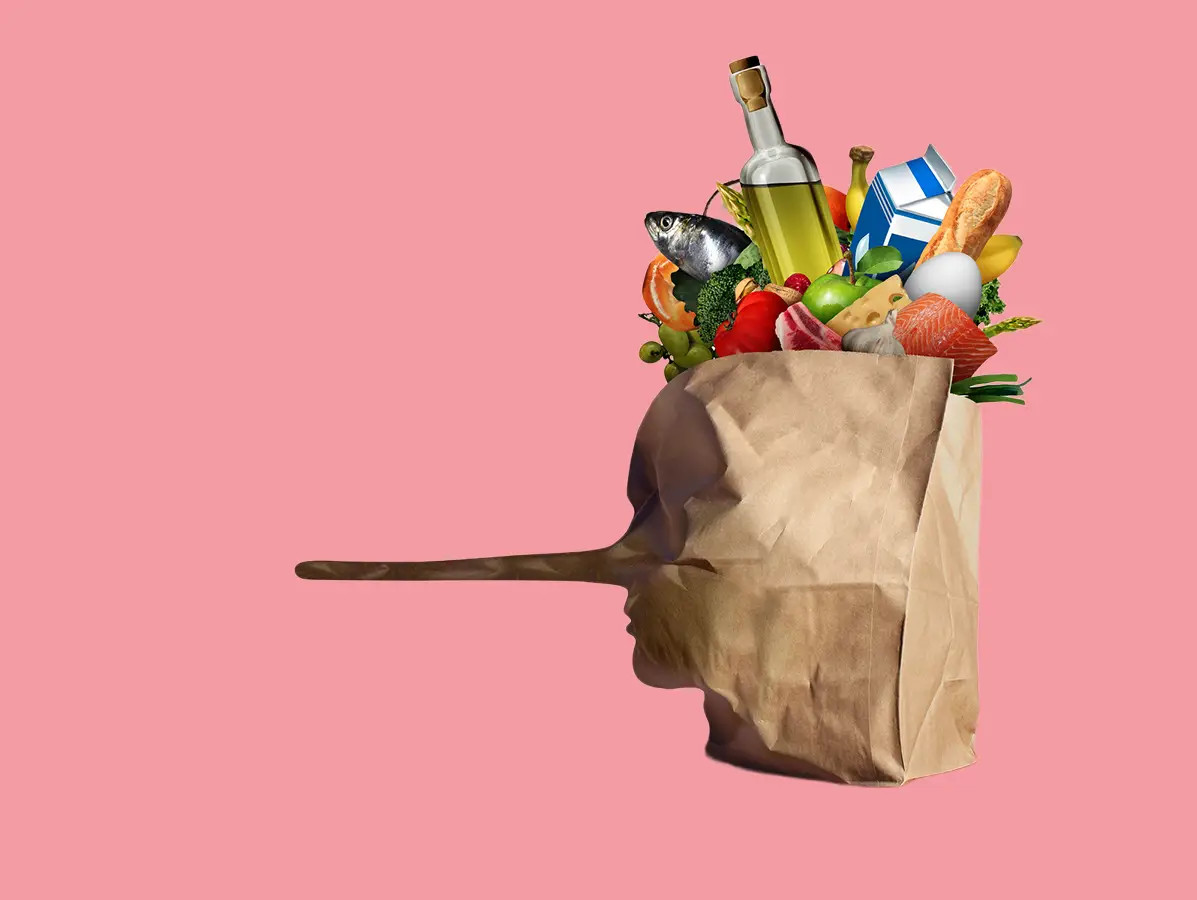
What’s really on the table? That’s the question the EUIPO is asking producers, retailers, and consumers to raise awareness of the risks of counterfeit food and drink. The damage goes beyond economics—it also threatens public health and Europe’s culinary heritage.
Counterfeiting is often linked to fashion goods, but food ranks high on the list. In 2020, biscuits, pasta, crisps, and sweets were the second most seized product category at the EU’s external borders. Wine and spirits top the list when it comes to financial impact: this sector loses €2.3 billion in revenue each year, and around 5,700 jobs are lost annually. In Belgium alone, annual losses total €64 million.
Criminals target high-value products, manipulate labels, and reuse bottles. This makes it difficult for consumers to tell the difference between real and fake. The rise of e-commerce has further opened the door to these practices, according to Europol’s SOCTA report.
Seized goods have at times contained harmful substances such as methanol, mercury, and illegal pesticides. During Operation OPSON 2024—coordinated by Europol and Interpol—€91 million worth of counterfeit and substandard food and drink was removed from the market. Authorities confiscated 22,000 tonnes of food and 850,000 litres of drink, dismantled 11 criminal networks, and arrested 278 suspects.
The EU currently has over 3,600 products registered with a geographical indication (GI), including PDO, PGI, and TSG labels. These designations help consumers identify genuine products and support producers who meet EU quality standards. Wine is the most consumed GI product in Europe, making it particularly vulnerable. Other frequently counterfeited items include olive oil, beer, meat, cheese, and dairy.
The campaign “What’s on your table?” calls on producers, authorities, and consumers alike to take collective action against food fraud.
Source: EUIPO